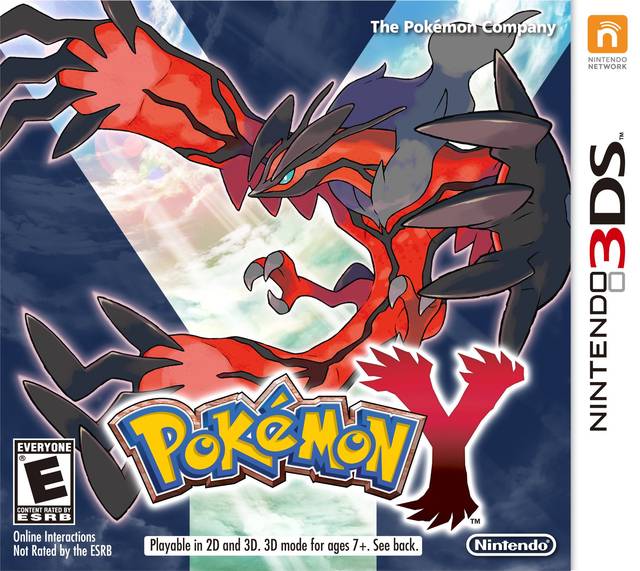 Detective Trigger and the Easy Money by M.A. Owens
Detective Trigger and the Easy Money by M.A. OwensMy rating: 4 of 5 stars
The third entry of M.A. Owen’s Detective Trigger series begins with the eponymous Chihuahua detective seeking police officer Petey, whom the security guard feline Robby saves from a man dubbed “Mr. Scumbag”. Early on, there’s a reference to a “dated” play called Detective Stone highlighting the racial attitudes between dogs and cats, the latter for a time being chief targets of discrimination in the book series’ setting. When the president of the largest bank in Adria seeks to hire Trigger, the canine detective researches the banker and visits the financial institution, receiving a tour thanks to a Siamese cat that concludes by taking him to Herman’s office.
After Trigger briefly interrogates Herman, the Chihuahua is knocked out and taken to the leader of the Feline Liberation Party, which surprisingly has dogs within its ranks. There’s a reference to “mythological” humans that apparently predated the canines and felines studding the dramatis personae, an aspect I definitely hope the remaining books in the series highlights. Trigger questions the falling out between the feline Mr. B and his adopted daughter Sugarplum, with the detective finding himself on his own with regards to investigating Saint, leader of the FLP. The Chihuahua investigator finds a duffel bag with money under his bed, and ultimately poses as Carson the insurance investigator again when he and Petey go to a boxing match for the final scenes.
All in all, I enjoyed the third entry of Owens’ series, given especially its anthropomorph-studded cast, with the story decently resolving the question of who exactly they are and why readers should care, just as its precursors did. The aforementioned reference to “mythological” humans sort of resonated with me, given a similar concept in stories I had attempted to write that explored the subject, and the racial issues between cats and dogs very much reflect contemporary human society’s unease when it comes to racial relations. While some may occasionally lose track of the characters’ species, I would highly recommend the book to those who enjoy furry-themed literature, and will continue reading the series.
View all my reviews






